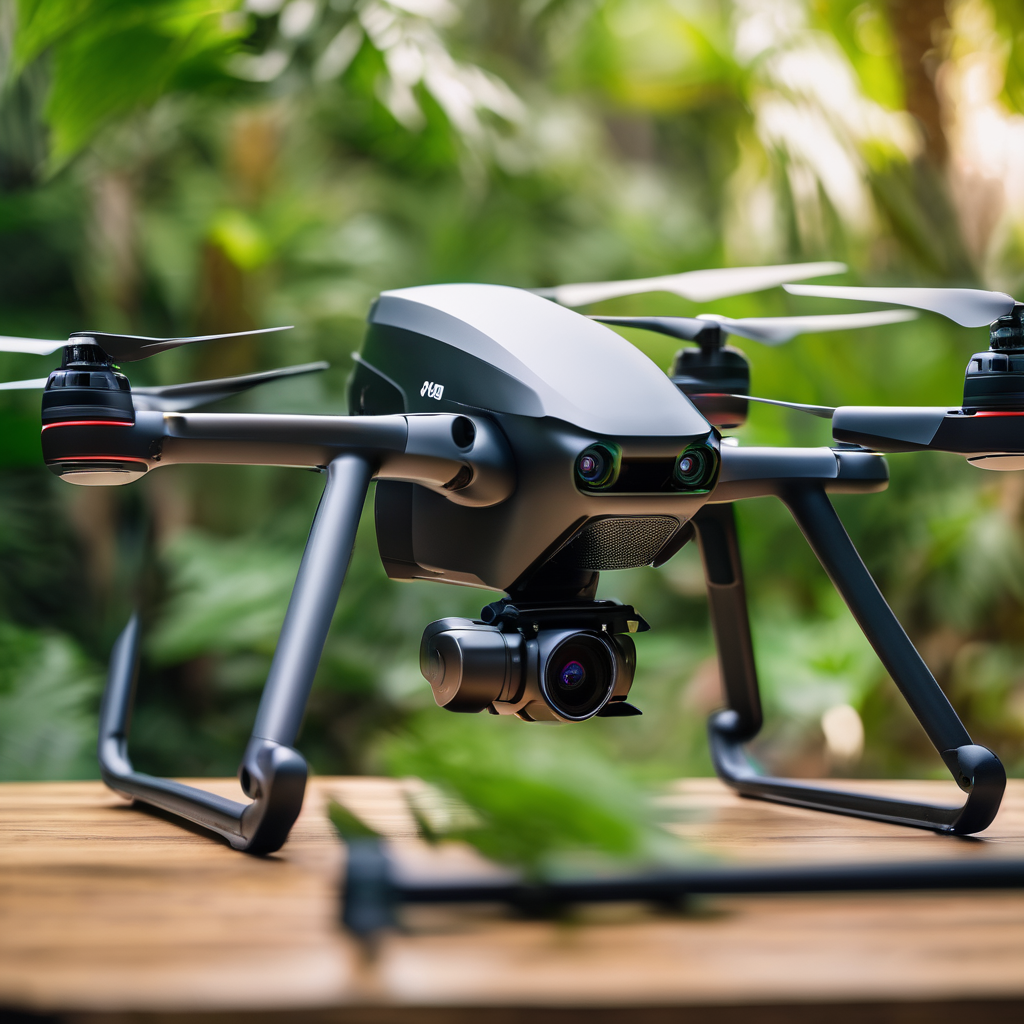DJI unveiled its highly anticipated Neo 2 drone in Asia on October 30, 2025, showcasing significant enhancements that position it as DJI’s most advanced sub-250-gram drone to date. Key upgrades include a larger 1/2-inch camera sensor, improved dual-axis gimbal stabilization, and comprehensive obstacle avoidance features. While these advancements create exciting opportunities for content creators, the future availability of the Neo 2 in the United States remains uncertain amid increasing regulatory pressures.
Focusing primarily on Asian and European markets, DJI announced the Neo 2’s launch coinciding with a December 23 deadline for regulatory compliance in the U.S. Despite having received FCC approval some months prior, the absence of a U.S. marketing campaign hints at the challenges facing American drone enthusiasts eager to get their hands on the new model.
The imaging capabilities of the Neo 2 have seen the most substantial upgrades. It now boasts a 12-megapixel 1/2-inch CMOS sensor with a f/2.2 aperture. This ensures improved processing and overall performance. Enhanced video recording options include capturing 4K video at 60 frames per second, doubling the original Neo’s maximum of 30fps, along with the capability for 4K slow-motion recording at 100fps.
One of the standout features of the Neo 2 is its dual-axis gimbal stabilization, which dramatically enhances footage quality during dynamic maneuvers and adverse weather conditions. Previous critiques of the original Neo’s single-axis stabilization are addressed with this new design, making it an appealing choice for serious content creators.
Safety is another priority for the Neo 2, equipped with an omni-way monocular vision system, forward-facing lidar, and down-view infrared sensing. It allows the drone to detect obstacles from 0.5 to 15 meters depending on the direction, bolstering its reliability, particularly for less experienced pilots and in active tracking scenarios.
Additional enhancements include a small LED display integrated into the drone, offering critical information such as battery life and connection status, as well as an increased battery capacity that extends flight time to around 19 minutes. The Neo 2 can now withstand stronger winds and demonstrates improved performance speeds, further expediting creative opportunities.
A major innovation is the removable OcuSync 4.0 (O4) transmission module, facilitating long-range connectivity with existing DJI equipment while also providing different operational modes tailored for casual and serious users alike. This modular approach encourages adaptability based on user needs.
The pricing structure positions the Neo 2 competitively within the market. In Taiwan, it launched at NT $6,290 (approximately $195 USD), with international pricing expected to range between $229 and $259 for standard packages. However, despite promising advancements, the lack of a formal marketing strategy in the U.S. raises concerns over future availability as the December deadline looms.
Considering the ever-evolving landscape of drone regulations in the United States, the Neo 2, while poised to make waves in the market, faces an uphill battle for American distribution amid ongoing political challenges. For drone enthusiasts, the Neo 2 signifies a remarkable step forward in technology and user experience, with fresh hope that it may become accessible despite the current uncertainties cast by regulatory pressures.
As the countdown to potential U.S. availability continues, the Neo 2 stands as a symbol of DJI’s innovation and responsiveness to user feedback, while also highlighting the pressing need for clearer regulatory guidance in a rapidly evolving field.
